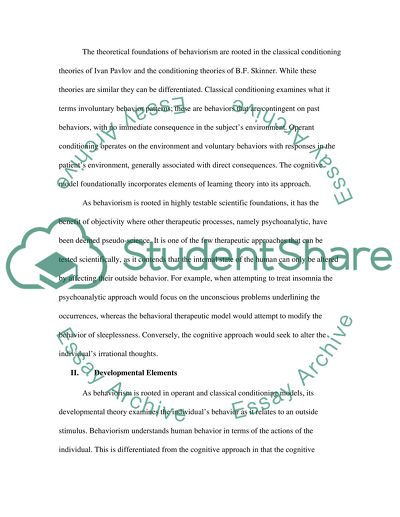Cite this document
(“Child and Adolescent Psychology Research Paper Example | Topics and Well Written Essays - 2000 words”, n.d.)
Retrieved from https://studentshare.org/psychology/1405499-child-and-adolescent-psychology
Retrieved from https://studentshare.org/psychology/1405499-child-and-adolescent-psychology
(Child and Adolescent Psychology Research Paper Example | Topics and Well Written Essays - 2000 Words)
https://studentshare.org/psychology/1405499-child-and-adolescent-psychology.
https://studentshare.org/psychology/1405499-child-and-adolescent-psychology.
“Child and Adolescent Psychology Research Paper Example | Topics and Well Written Essays - 2000 Words”, n.d. https://studentshare.org/psychology/1405499-child-and-adolescent-psychology.


